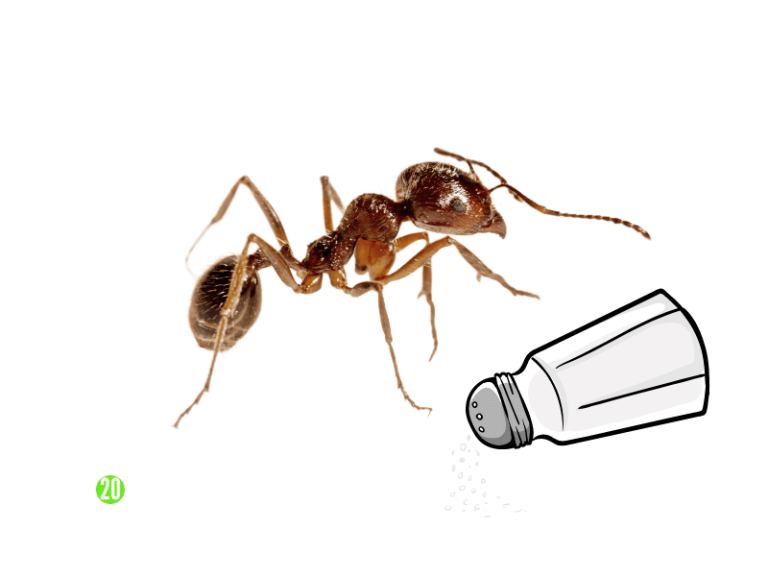The leech, also known as a water leech, has a sucker at both ends of its body. When it feeds on blood, these suckers tightly attach to the skin of its host. Why can it attach so tightly? This is because once the sucker contacts the skin, it creates a vacuum. Trying to pull it off at this point is not easy because it is already attached firmly, and if disturbed suddenly, it will tighten even more, making it feel like it’s drilling deeper. If bitten by a leech, simply pressing firmly around the area where it’s attached can cause the skin to contract, breaking the vacuum in the sucker, allowing the leech to detach immediately. If a bit of salt is applied to the leech, it will die shortly afterwards.
The leech’s body surface is covered with a cuticle secreted by its epidermal cells, which protects its internal organs but lacks the hard shell of a crab. Within the epidermal layer are cells that secrete mucus, which covers its body, making it slippery and providing some protection against aquatic predators. However, when it encounters salt, the mucus inside its body leaks out. Salt dissolves in water, forming a concentrated saline solution on the leech’s body surface, which through osmosis causes the fluids inside the leech to flow out. As a result, the leech’s body starts to contract continuously, expelling its mucus until its body shrivels and it eventually dies.

